I had the good fortune to go to a very good group show at the MoMA recently with the provocative title ‘What is painting?’. One among the many works that I ran into was by a lady artist of the 1970’s Lee Lozano. Not having studied at art school, I did not know much about her (well, I did later find out that she really is not a household name) until I came back home and read up a little bit about her. The more I read, the more I was fascinated by how she had managed to integrate art and life into a seamless whole. From reading, I surmised that her desire for painting went beyond the confines of the canvas and she tried through her art/life to incorporate the viewer and her life in a strange union.
Quotes for Wednesday – Georgia O’Keefe
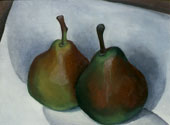

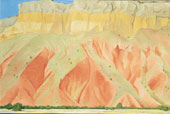
The abstraction is often the most definite form for the intangible thing in myself that I can clarify in paint.
Nothing is less real than realism…details are confusing…it is only by selection, by elimination, by emphasis that we get at the real meaning of things.
Studio as laboratory
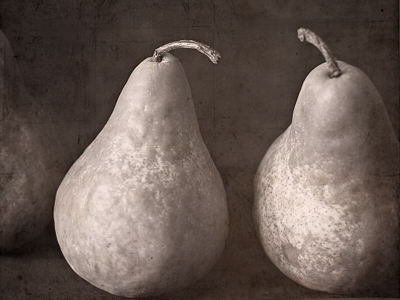
I’ve just started reading The Vexations of Art by Svetlana Alpers, in which she draws an analogy between the artist’s studio and the scientific laboratory, both arising at a time (17th C.) when there was a “change in emphasis from theory to practice, or from science considered primarily as the formation of natural laws to science as the making of experiments.”
The impact of blur
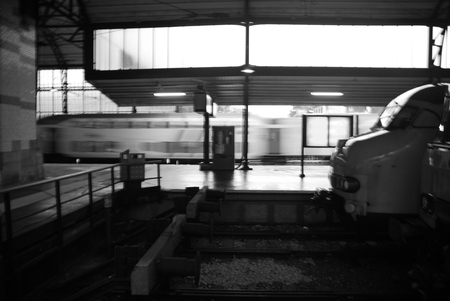
This photo of the train station in Haarlem has always caught my attention. In trying to figure out why, I noticed that the images contains blur in three flavors: blur because of movement, in the case of the passing train; blur in the case of an area out of focus, as with the distant cityscape; blur because of a translucent surface, as with the station windows.
Each of these elements of blur contributes to the impact of the image. The passing train is captured but transformed to something beyond our reach in the still reference frame. The sense of being inside the station is heightened by both the way the windows diffuse the light, and by the blur of the exterior space. The combination intensifies the feeling of being in a particular place at a particular moment, separated from the rest of the world by distance, glass, and velocity.
All of these elements of blur were unintentional. Their joint effect I only realized months after making the image, but the insight of the power of blur is something I can compose with in the future.
Do you have an example of blur in a photo which contributes to the impact of the image?
The NeoIntegrity manifesto: a new movement?
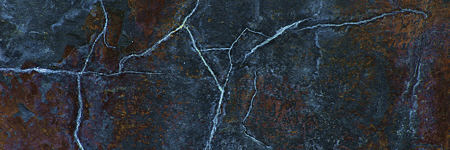
I read yesterday in the New York Times about a show called “NeoIntegrity” at the Derek Eller Gallery, curated by the painter Keith Mayerson. What caught my eye was the charming manifesto Mayerson created for the show (not included in the article). It touches on many points often discussed here on A&P (but apparently still not settled!). Here’s the manifesto:
A new painting
Every time I paint a face, I learn something about the person being painted and something about myself.
A face does not have to be stately or symmetrical, but it needs to speak to me. Oftentimes, I find expressions that I identify with or abhor in these faces. Ultimately, I think it is the expression and implied emotion that carries the painting more than anything else.
Sometimes, the texture of skin may be in synchrony with the emotions depicted while at other times in dissonance. The skin of an old woman’s face that’s wrinkled and leathery with creases might signal decrepitude while at other times the sadness in the eyes and the mouth of a smooth silky skinned prostitute might also signal the same.
This time, I did not want to end this with a question, but wanted to just show this painting that I did a week back. As usual, comments and thoughts most welcome. more… »
Foamula (by Jay)

OHIO TOWN – varnish on figured foam – 2005
You, especially if you patrol the aisles of building supply stores, have run across sheets of a light, pink material, used for insulation. Foamula is a common trademark.